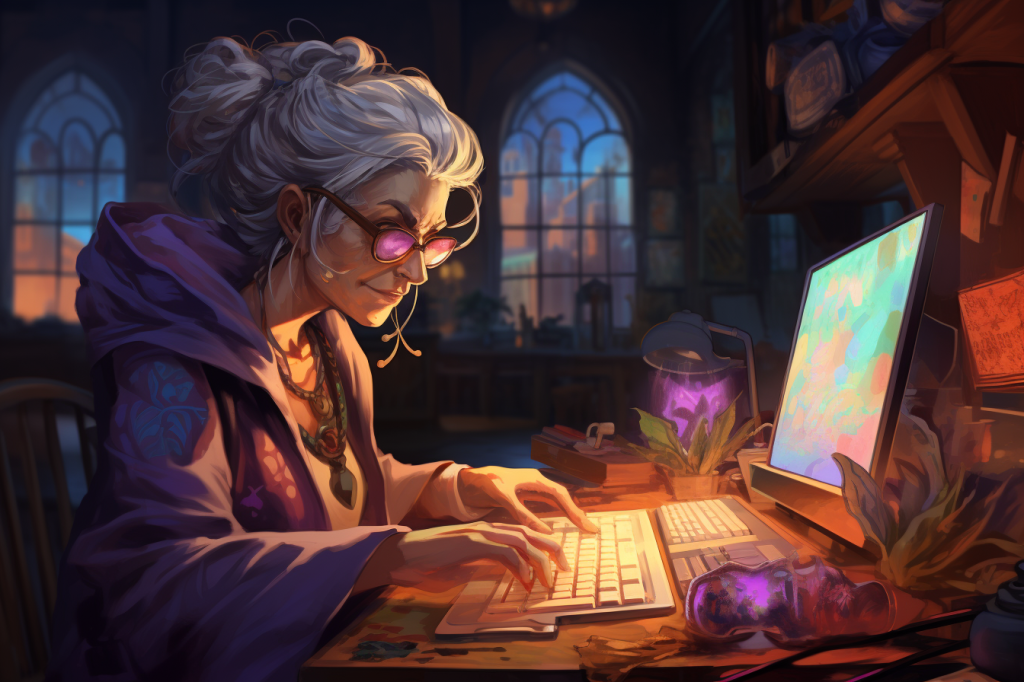The tail that is always new!” To some reader at least, who has not found your books, or who has not found that sub-series of your books, or who might prefer what you wrote in this genre to what you did with that.
[Before we get too far, what is the Long Tail? Long-tail sales are sales of your older books. This may be books in a series that you have concluded, or earlier books in the current series, or one-off works that you launched a while ago and have not written sequels to. I’d call it long tail if it is more than two-three years old. Long tail sales are what makes you money in the looooooong run, if you can keep books in print.]
First, my profound apologies to Rudyard Kipling, from whom I stole the title. He’s writing about wanderlust, as he does so often, and “The Long Trail” was one of my second-tier favorites of his poems when I was younger.
Second, if you are on Amazon, check your categories and tags. The algorithm reset things a few months ago, and you might be in for surprises. Certain tags now trigger changes in your categories, or at least seem to for me. Also, categories change, and you might find something that fits better than what was available when you first listed your book.
Third, cover art. How dated are your covers? This is where I am far behind the power curve with my first series. The covers worked, mostly, back in the 2010s when I began publishing. However, genre conventions have changed. This … can be awkward when genre convention says “Battles …. In … Spaaaaaaaaceee!” and there’s nary a starship anywhere in your mil-sci-fi novel, for example, and precious little power armor. Have the colors shifted? That used to be a “tell” for post-apocalyptic thrillers, that the cover would be reds, yellows, and black, with a biohazard sign or vague figure in MOPP gear or a medical “bunny suit.” That’s shifted as the genre got away from focusing on the cause of the disaster to the survivors of the disaster. Likewise PNR has gotten away from “gal in leather with shirtless guy/guy in leather with jacket open and no shirt” to “were-critter and shirtless guy”. Unless it is a steamy cowboy romance, where it is a guy in a western hat and no shirt, with a sunny, western background. [Dear art search. That is NOT what I was looking for! Quit showing it to me.]
Fourth, your cover copy/sales blurb – I’ve noticed that cozy mysteries and a few others now load the online sales copy with keywords. That might not be what you want if you are trying to catch new readers unfamiliar with your work. It might also be something Amazon starts cracking down on, or perhaps not. Are there any typos in your sales pitch? Is there a better way to describe things, now that the stories have been around and the series is longer/concluded?
Fifth, pricing for early books. After I have a few books in a series, I generally drop the first one in price. Sort of a “first hit’s cheap” teaser to lure unwary—, ah, that is, encourage the curious to sample my work.
Your goal with long-tail sales is to attract browsers and people who like your later stuff to nibble your earlier work. Once a book earns out, everything that comes in is profit for you, the writer. As easy as it has become to keep things “in print,” the long tail of sales is your friend, and can help when other series are slowing sales. Every so often someone will discover the Cat Among Dragons series, or Shikhari, or Colplatschki, and I’ll see a nice bump in sales. The reader is happy, my sales account is happy, and that makes my banker happy.
Image Credit: Image by Elsemargriet from Pixabay




14 responses to ““Pull Out, Pull Out on The Long Tail”
Lowering the price on the first book in an older series is a good strategy. Sometimes I’ll see something in Sarah Hoyt’s book promos that looks kind of interesting. I’ll click over to the sales link and see the price.
A price of $6.99 or higher for the e-version will make me pass on a previously untried series, especially by an author I have never previously read. Buying at that price is only for series or authors I am really, really into.
When the price is between $3.99 and $5.99 I might give it a go. If I am really intrigued. But not generally except for known authors and series I like.
At $1.99 to $2.99 I generally buy if it looks fairly intriguing.
$0.99? I almost always bite on that. What’s the worst that can happen? I am out a buck.
The magic is that if I like that $0.99 book enough to continue the series I’ll buy the rest of the books in the series even in the $3.99-$5.99 range and maybe in the $6.99 and up range. I have done that with series written by several authors on Madgeniusclub (and others who are not here). I suspect I am not the only one who buys like that. A $0.99 lost leader on the first book of a multi-book series is likely a winner.
*Taking notes* So, how do you feel about free books? Some seem to like them, others view with suspicion.
Free books? It depends. Is it something that interests me? I’ll probably download it.
Free by itself is not enough. I can get plenty of free books through Gutenberg and Fadedpage. I have downloaded what I want from there and left the rest alone. There are lots I have not downloaded.
If an author I like is offering temporary free downloads (or deep discounts) of their books and I don’t have digital copies I will scarf them up.
I am probably not as motivated by “free” as most heavy readers because I have been reviewing books for nearly two decades. (writing weekly reviews). You would be amazed how many free books you get sent when your review policy is only review books you can recommend positively. My late wife dreaded the arrival of yet more review books (although the local library friends benefited thereby). I tend to prefer electronic copies because they do not take up much space. (Netgalley is my friend.)
I am also atypical as I average reading 7-12 books per week. That doesn’t include what I read as research for the books I write.
Yeah. Free doesn’t mean much when you review a lot. You brought back memories of when Bill was at the Rock Hill Herald in the ’90s. He had a full page every Sunday for books and he could fill it as he chose. Publishers large and small sent stacks of books to the Herald for him to review.
I’d guess we got several pickup truck loads every year. The vast majority went to the York County library system. The librarians told us they’d label a room the “Bill Peschel Reading Room”.
I still run across some of the books we kept because we also kept (inside the book) the promo material from the publisher.
We also got TV & movie swag!
LOLing at the Bill Peschel Reading Room 🙂
Thank you!
I suspect periodic sales (to free or $0.99, etc) work better because:
I am much like you. $5.00 is my limit on books by unfamiliar authors, with few exceptions. For an author I like, I’ll go higher. Free or $.99 I’ll buy if it even sounds a little bit interesting, regardless of author. Between that point and the $5.00 books, it will depend on whether or not the story sounds interesting, unless it’s an author I already like. Then I’ll get it if it’s in a genre I like.
So, to quote a famous story, “I’ll buy that for a dollar!” If I like it, then the author will make more money from me, especially if the loss leader was the start of a series. If an unfamiliar author is in the under-$5.00 price point and I’m not sure whether it would be worth buying, I’ll land in favor of the purchase if it’s someone mentioned by the authors I read (especially those here on MGC or found in Sarah Hoyt’s weekly book-pimping post).
You never know with your long tail. On Instagram, I ran across someone whose first experience with Agatha Christie was watching Murder on the Orient Express, but it was the 2001 CBS TV movie with Alfred Molina.
That film sold him on Agatha’s books.
You just don’t know what someone will see or where that says “look at me closer.”
Thank Kipling for me, too. Your post gave me an idea for a title of a western. Will it ever get written? Who knows?
You might also look at “The Explorer” aka “Something Lost Beyond the Ranges.”
Nice poem. Never read it before. There’s definitely a western in that poem. But, I have a sci-fi story to finish!
Laumer and Dickson used that poem in their novel Planet Run.
Heinlein filked it for the opening paragraph of “Tale of the Adopted Daughter” in Time Enough For Love.